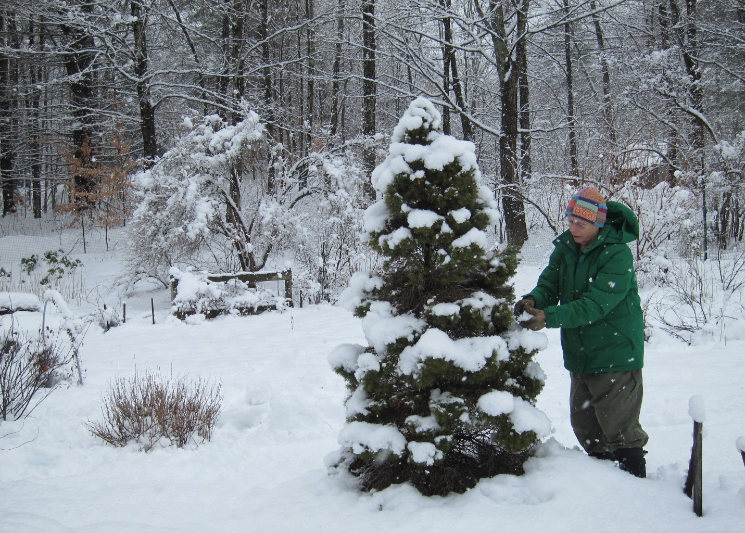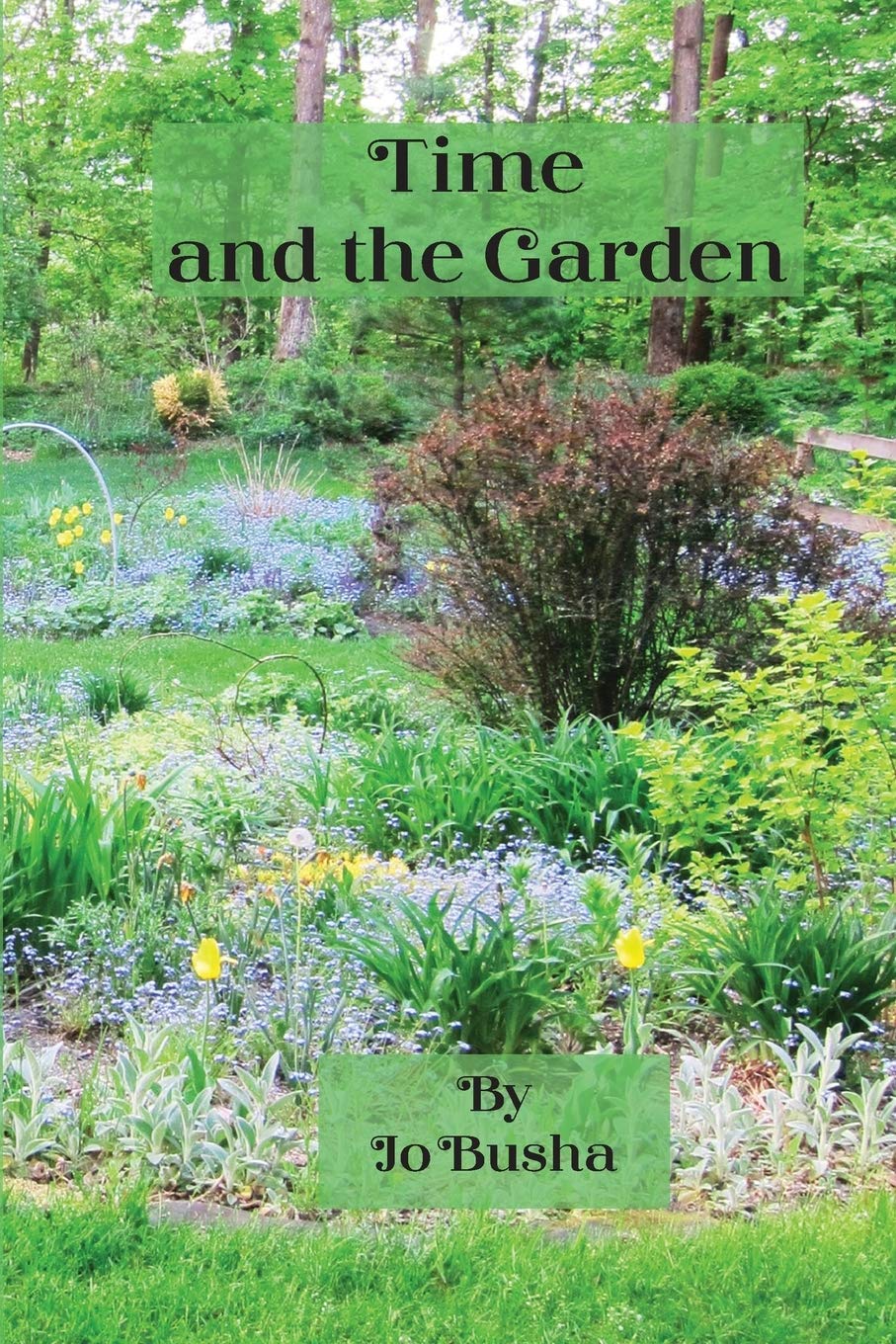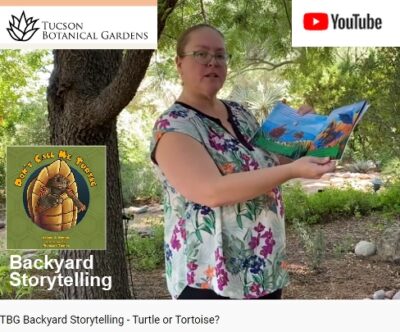Winter in the Garden by Jo Busha, Author
I’m sure that people who live in places that are warm year-round assume that gardening in cold climates is limited to a few summer months. I may have thought that myself at one time. But there are many winter activities that can fill a gardener’s time – even beyond the houseplants that many of us nurture just to have some greenery when the outdoors is covered in white.
Some of this amounts to armchair gardening: researching plants to add to the garden next season, finding and ordering seeds, and reading garden books for inspiration and pleasure. But we are not limited to these indoor activities. As long as the ground hasn’t frozen, the dedicated gardener can always weed. And pruning is a fine job, I have found, on a warm February day while the shrubs are still dormant, and the pre-spring sunshine calls me to come out to the garden.
A recent storm that brought us heavy, wet snow provided another garden job – though not one I enjoy much. Freeing branches bowed by, and even pinned under the snow and ice is tiring, and sometimes disheartening. Most shrubs will recover, but a brittle branch that has split or broken is probably lost for good.

So it was that the morning after the big storm (we had lost power for a couple of hours – that is a sort of measure of the seriousness of a storm since run-of-the-mill snowstorms don’t knock out power here. I was out in the garden liberating sand cherries, and some boxwoods, a small deutzia, and a shrubby St. John’s wort. I removed enough icy clumps from the dwarf spruces to assure they would be OK. Tramping through a good foot of snow, I considered getting out the snowshoes but decided they would make it too hard to get close to the base of the shrubs.
After an hour I was wet, chilled, and satisfied I had done what I could for my overburdened shrubs, and I retreated to the warmth indoors to leave more winter gardening to another day.

Book Note: Jo Busha is the author of Time and the Garden, a collection of essays written over a ten-year period about gardening, life in Vermont, and observations of the natural world. It is arranged by season, but not all the essays have a specific seasonal connection. It will appeal to gardeners, readers seeking a strong sense of place, and people interested in rural living, even if they aren’t able to live it. This place, where Busha has lived for 45 years, has played a huge role in her life. While not a how-to book, gardeners may find the essays instructive. Book-lovers are likely to feel this a cozy read, warmth for a snowy day.
To learn about our latest science-based children’s books and workbooks, to read our latest blog posts about reptiles, birds, cats, and gardening, in a variety of locations, and about how the books come to be, what inspires an author to write, and many more interesting aspects of the publishing business, fill in the box below and we will add you to our email list.
Thank you!



